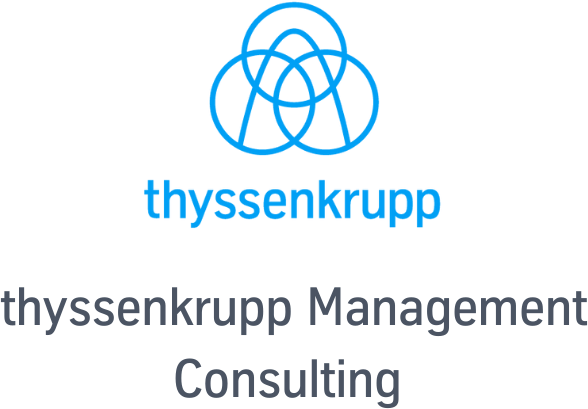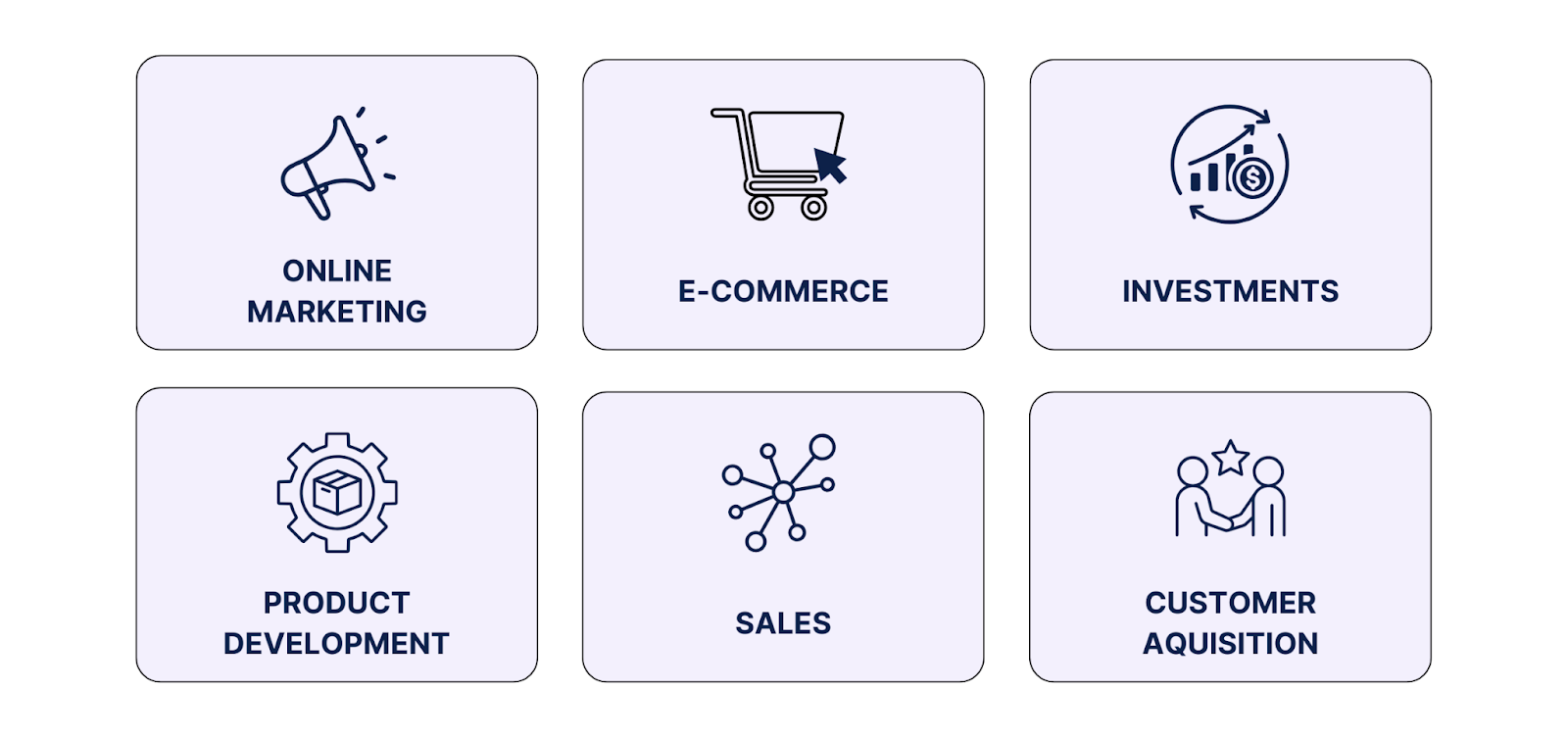When preparing for case interviews, ROI and ROAS are two concepts you'll encounter repeatedly. Both are key metrics that enable you to evaluate a company's success and measure the efficiency of investments.
🔎 In this article, you’ll learn how to correctly apply ROI and ROAS in your case analyses and how to structure your answers clearly.
What is ROI, And Why is it Important For Case Interviews?
Return on Investment (ROI) measures how much profit a company generates relative to its investments. This metric helps you assess whether an investment was worthwhile. In a case interview, ROI is particularly useful for evaluating the efficiency of a proposed strategy or project.
💡 Pro tip: A positive ROI means the company is earning more than it has invested, indicating a profit. A negative ROI points to losses.
How to calculate ROI:

Example: If a company invests €100,000 and earns €120,000, the ROI is 20%. This means the company has achieved a 20% profit on its investment.







